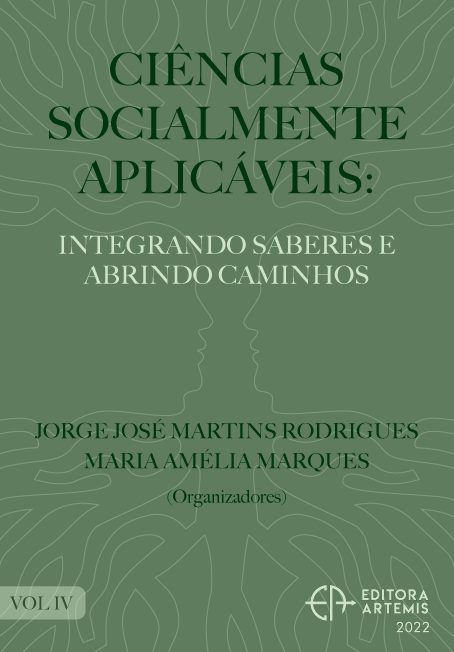
USO Y ABUSO DEL PLASTICO Y UNICEL EN ODONTOLOGÍA LA UAO/UAZ
Nuestro planeta está sufriendo consecuencias críticas por la gran contaminación que el hombre en general ha ocasionado con el paso de los años, cambio climático en particular y sus manifestaciones, aparición de nuevas y viejas enfermedades ocasionadas por la migración de fauna nociva como trasportadores de estas enfermedades y otras muchas cosas más. En particular el plástico y el unicel son dos tipos de residuos que desde hace tiempo sobresalen entre los materiales más comunes y contaminantes; fáciles de producir, resistentes y económicos para su elaboración y venta son algunas de sus principales características que los han llevado a estar presentes en casi todas las actividades sociales alrededor del mundo generando una cultura de “cómprese, úsese y tírese”. Desafortunadamente la principal característica que es su resistencia y duración a través de los años sin prácticamente transformase los han hecho indestructibles y sumando su nula incapacidad para biodegradarse y por consiguiente aumenta día a día la magnitud de contaminación por cantidad a nivel mundial. Como consecuencia de su elaboración como derivado del petróleo, los convierte en desechos altamente riesgosos para la salud de cualquier ser vivo, ya sea por ser consumido en microparticulas o al ser inhalados los gases tóxicos (dioxinas principalmente) al ser incinerados. Estas son algunas de las razones que contextualizan la importancia de investigar el statu quo de estos materiales en la educación odontológica para plantear acciones y transformar la cultura existente.
USO Y ABUSO DEL PLASTICO Y UNICEL EN ODONTOLOGÍA LA UAO/UAZ
-
DOI: 10.37572/EdArt_29052259021
-
Palavras-chave: Contaminación, Plástico, unicel dioxinas.
-
Keywords: Polllution, plastic, Unicel, Dioxins
-
Abstract:
Our planet is suffering critical consequences due to the great pollution that man in general has caused over the years, climate change in particular and its manifestations, appearance of new and old diseases caused by the migration of harmful fauna as carriers of these diseases and many other things. In particular, plastic and unicel are two types of waste that have long stood out among the most common and polluting materials; easy to produce, resistant and cheap to manufacture and sell are some of their main characteristic that have led them to be present in almost all social activities around the world, generating a culture of “buy, use and throw away”. Unfortunately, the main characteristic that is their resistance and duration though the years without practically transforming have made them indestructible and adding their null inability to biodegrade and therefore the magnitude of contamination by quantity worldwide increases day by day. As a consequence of their production as a derivative of petroleum, they become highly risky waste for the health of any living being, either by consumed in microparticles or by inhaling toxic gases (mainly dioxins) when incinerated. These are some of the reasons that contextualize the importance of investigating the status quo of these materials in dental education to propose actions and transsform the existing culture.
-
Número de páginas: 18
- José Ricardo Gómez Bañuelos
- Jesús Rivas Gutiérrez
- Nubia Maricela Chávez Lamas
- María del Carmen Gracia Cortes
- Guadalupe Rodríguez Elizondo

